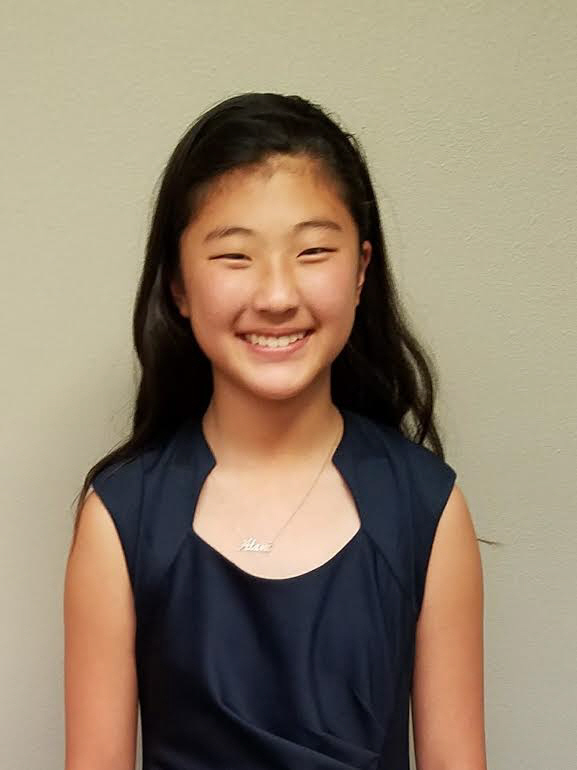
Alana Cho,7th Grade, Ridgecrest Intermediate School
Out of the background and into the spotlight Women in STEM
Do you know how to code, program your own website or create your own app? Chances are less likely, if you are a female - this is because men occupy the majority of most STEM (science, technology, engineering & mathematics) jobs.
Although women occupy around 48% of the jobs in the United States, under 25% are jobs within the STEM field.The majority of women occupy jobs such as nurses, secretaries, teachers, or doctors. But from the lack of role models and support in the STEM fields, girls infrequently consider pursuing STEM careers.
People believe that the ?shortage of women in STEM is due to a few different reasons . A lack of support, negative feedback from teachers, peers and sometimes even family, often holds a woman
back ?whereas a man gets a lot of constructive advice and many role models in the STEM field.
Also, some believe that young girls cannot see themselves as a scientist (or any other job in the STEM field) because of the stereotypes that play through their minds like you have to be an unattractive nerd who is obsessed with science and other geeky hobbies in order to be a scientist or engineer.
To battle those negative stereotypes, GWC brings in guest speakers
from places like Google and regularly sponsors team building activities like ice skating and watching movies like “Hidden Figures,” the movie about three African American women who work at NASA and are key to making an astronaut orbit in space.
Reshma Saujani started Girls Who Code (GWC) in 2012 to close this “gender gap since then, GWC has been teaching girls how to code. GWC started out with only about 20 girls in New York. But now, GWC has grown rapidly and has spread to over 18 different locations throughout the United States.
What sets GWC apart from other coding programs that teach kids computer skills, is that GWC recognizes the importance of creating a support system of like minded girls and strong positive mentors so that girls don’t feel alone in their interests and can continue in technology for the long run.
Michael Thorburn, Vice President of Technology at AT&T, recognizes the need and value of GWC because he volunteers his time to teach GWC every week. Mr. Thorburn said that in the past, ”...there might have been one woman for every 200 guys. But thanks to programs like GWC, Mr. Thorburn stated that female
involvement in the STEM field is “substantially different than
it was 30 years ago.”
GWC are sending their girls to some of the top colleges, like Harvard, Princeton, and Stanford. The majority (93%) of the GWC girls are majoring in computer science.
Another instructor from GWC, Maddie Golison, agreed with Mr.Thorburn that there are far more men in STEM than women. Ms. Golison said,“ I have definitely seen more men than women in positions of power.” Not only is Ms. Golison an instructor for Girls Who Code, she is also a System Architect at Pegasystems - that means that she works in “software consulting and help configure applications for clients on the Pega platform.”
People believe that there is a shortage of women in STEM for a few different reasons. A lack of support, negative feedback from teachers, peers and sometimes even family, often holds a woman back ?whereas a man gets a lot of constructive advice and many role models in the STEM field.
Ms. Golison wanted to teach for GWC because she “had no knowledge of computer science previous to entering college and I wanted to help inspire girls to learn more about STEM topics, notably computer science.” And thanks to teachers like Michael Thorburn and Maddie Golison, it’s no shock that GWC has grown exponentially nationwide and has been closing the gender gap in the STEM field. one generation at a time, one class at a time, one girl at a time.
<
Alana Cho, Ridgecrest Intermediate School ,7th Grade>

